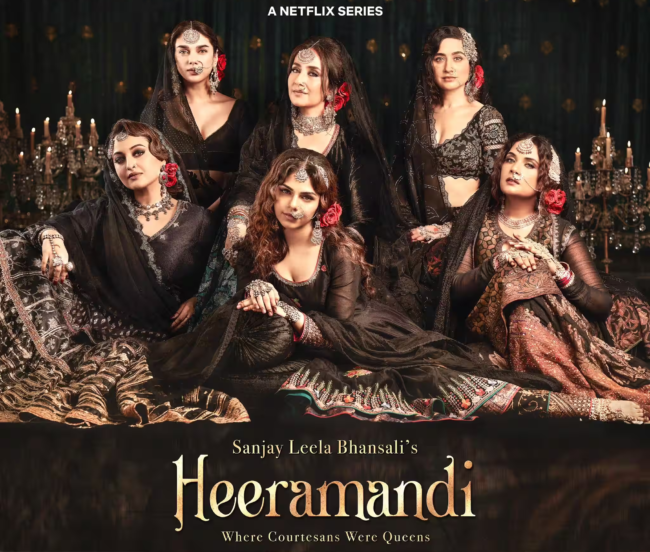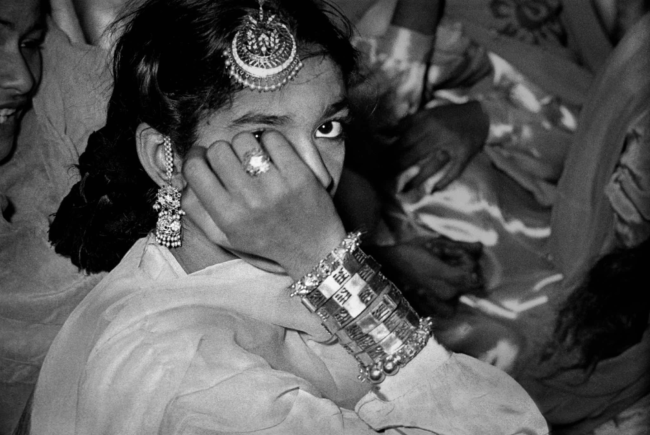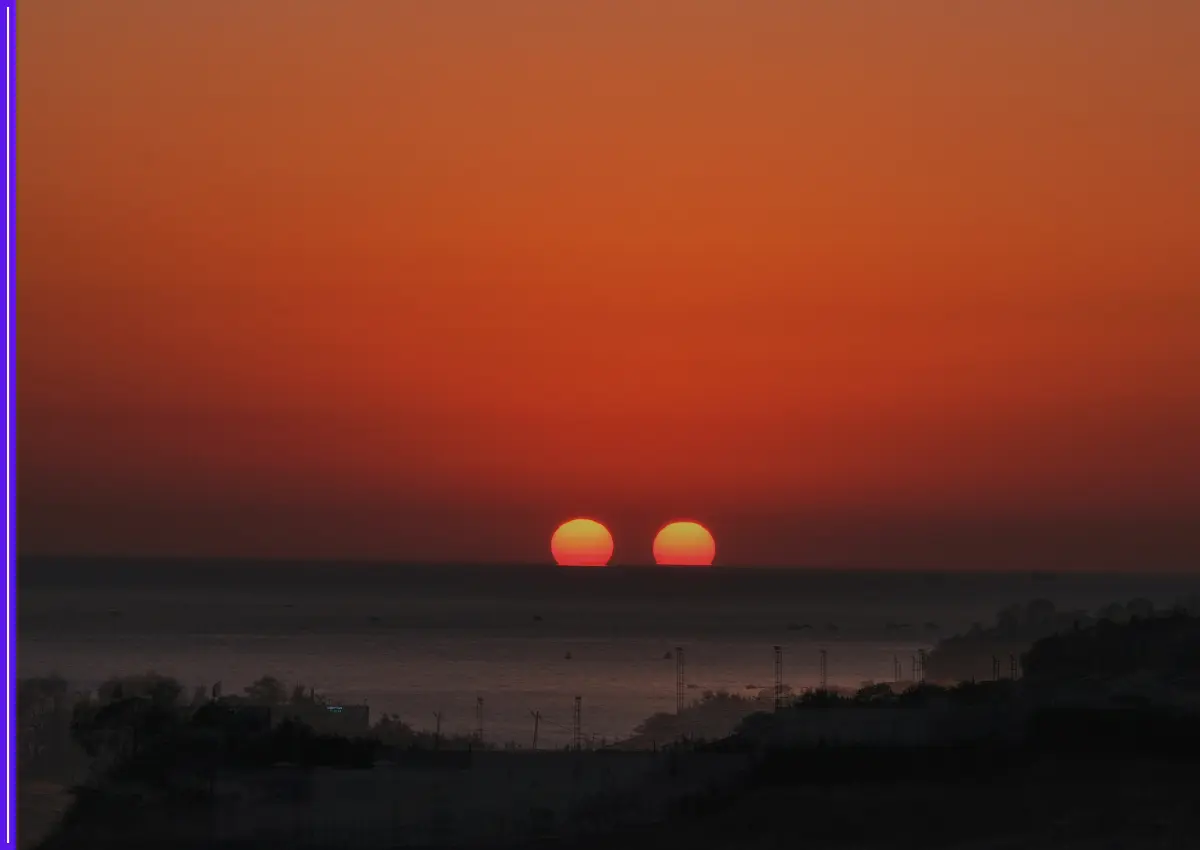Writer Moin Baig gave filmmaker Sanjay Leela Bhansali the concept for Heeramandi, a film about the courtesans of Lahore’s Heeramandi quarter, over 14 years ago. Heeramandi, which translates to “diamond market” in Urdu, is a neighborhood in Pakistan’s Lahore metropolis. The series is about the lives of tawaifs at the red-light district of Heera Mandi in Lahore during the Indian independence movement against the British Raj.
However, Bhansali became preoccupied with Devdas and was unable to complete the picture at that time. Following that, Bhansali became preoccupied with Saawariya, Guzaarish, and then Bajirao Mastani, resulting in the script for Heeramandi never making it to print.
Writer Moin Baig once demanded his script back since Bhansali had done nothing with it. Nevertheless, as fate would have it, Baig and Bhansali had no idea that the well-known tale of Pakistan’s most well-liked street would become a Netflix series.

According to Bhansali, “they were in a tizzy!” when he and Baig told the tale to Netflix. Heeramandi finally earned a run of eight or nine episodes to educate the world about the courtesans, or tawaifs, of Lahore whose fortunes plummeted under the British Raj and are still there now.
Top Cast of Heeramandi
Netflix describes the series as “an epic saga of love, power, revenge and freedom.” With a cast that also includes Sonakshi Sinha, Manisha Koirala, Aditi Rao Hydari, Sharmin Segal, Richa Chadha, and Sanjeeda Sheikh, the series is set in the midst of multiple power struggles in Heeramandi, Lahore (now part of Pakistan) and more generally in undivided, pre-independence India, where anti-colonial freedom movements were emerging. Bhansali has teamed up with Ranbir Kapoor, Alia Bhatt and Vicky Kaushal for his epic saga Love and War, slated to arrive in theatres on Christmas next year. The release date for Heeramandi: The Diamond Bazaar has not yet been announced.
Another time, another era, another magical world created by Sanjay Leela Bhansali that we can’t wait to be a part of. Here is a glimpse into the beautiful world of #Heeramandi 💫
— Netflix India (@NetflixIndia) February 18, 2023
Coming soon! pic.twitter.com/tv729JHXOE
What gave Heeramandi inspiration
Heeramandi is a neighborhood in Pakistan’s Lahore city that is known as a diamond market in both Punjabi and Urdu. Heeramandi, often called Shahi Mohallah, is one of the most visited places in Pakistan and saw a sharp decline during the British colonial era.

The region, which gained popularity during the Mughal Empire as a place where women from Afghanistan and Uzbekistan performed, danced, and sang for the emperors, later became a hotspot for prostitution when the British established brothels there as a way for their soldiers to unwind during the British Raj. Heeramandi lost its reputation at that time and became recognized as a hotspot for prostitutes.
What was it then?
Throughout the 15th and 16th centuries, while Lahore was under Mughal rule, the market served as the hub of the city’s tawaif (concubines) society. The Mughals initiated it, bringing in ladies from Uzbekistan and Afghanistan so they could enjoy the dancing and entertaining they offered. Later, to entertain the Mughals, certain ladies from other regions of the Indian subcontinent were also brought to Heeramandi to participate in traditional Indian dances like Kathak.

- The practice of tawaifs and their court performances was one of the royal rituals that Maharaja Ranjit Singh restored to Lahore following the end of the Mughal era.
- Maharaja Ranjit Singh gave it the name Heeramandi. Singh had founded the local food grain market, which was formerly known as “Hira Singh di Mandi” until changing its name to Heeramandi.
- Ranjit Singh revived the tawaif tradition, but it was never able to equal the opulence with which the Mughals honored the region. According to history, Maharaja Ranjit Singh also had feelings for a tawaif, but his people opposed him since she was a member of the kanjar caste. Despite these critiques, Ranjit Singh married the woman and constructed a separate haveli (mansion) for her.
- But it was British control that tarnished the area’s reputation and made it synonymous with prostitutes. The British rebuilt the brothel houses for their soldiers in the former Anarkali market. The hubs were then moved to Taxali Gate and Lahori Gate.
How is the day going?
Heeramandi seems like any other regular market during the day, with vendors selling food, khussa (traditional Mughal footwear), and musical instruments for mujra (the nighttime dance).
- The prostitution business begins when the brothels above the stores open for business at night.
- Heeramandi is become a hotspot for prostitutes who provide mujra to clients. The practice persisted, and women sought refuge in Heeramandi from various regions of Pakistan and its neighboring nations.
- An intense attempt was made to eradicate prostitution in this region under Zia-ul-Haq’s tenure in Pakistan (1978–1988), but it was unsuccessful since the brothels were moved to other areas of Lahore.
- Additionally, Heeramandi’s sex workers have resorted to social media in the Internet age to provide “escort services” through a variety of applications.









